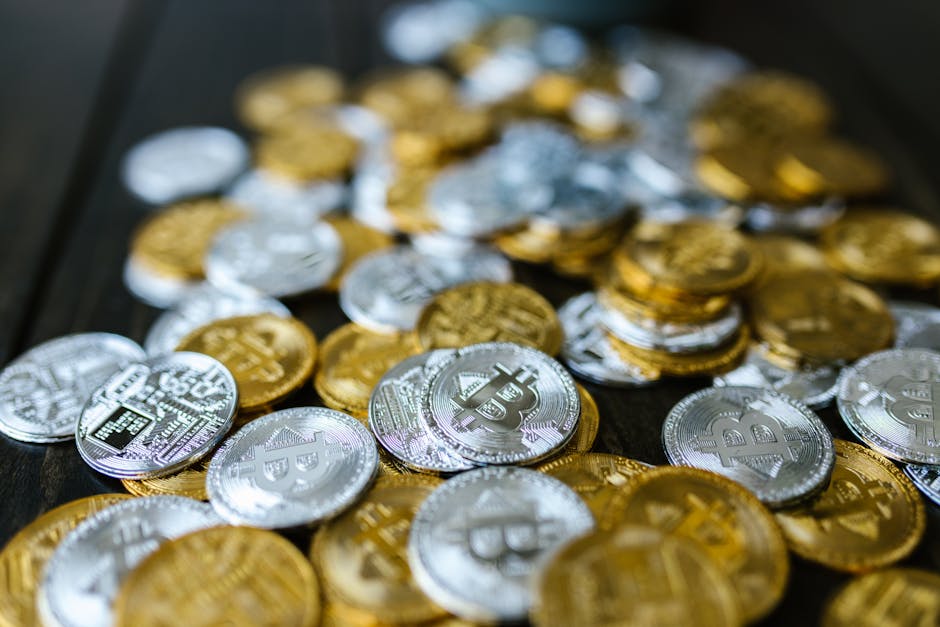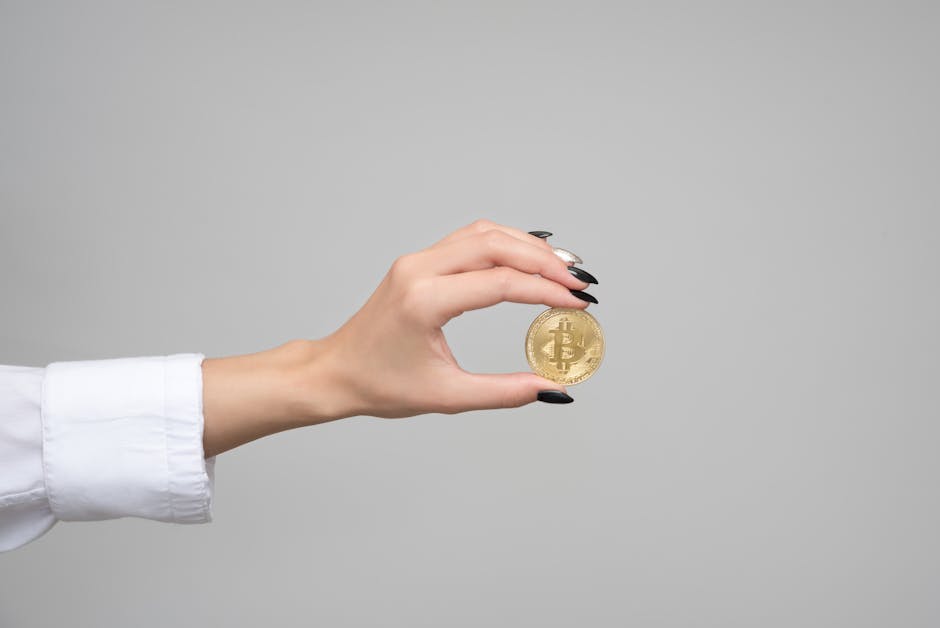Crypto Currency Valuation

There are many ways to determine how much value a cryptocurrency has. The most basic is by looking at the price you can purchase it for, which is called it's market capitalization. This is calculated by multiplying the currency’s total supply with the current average sale price.
The total amount of Bitcoin that will ever be in existence is 21 million coins. Currently, there are about 17.5 billion BTC in circulation. To come up with the appropriate number for the market cap, we need to account for the fact that some people may not want to spend money on crypto, thus reducing the average sell price. We also have to take into consideration the fact that some people cannot buy bitcoins due to poor credit or lack of cash, making the average price even lower!
By using these two points, I determined that the market capitalization of Bitcoins is around $80 Billion. This means that if every person who owned a bit under one thousand dollars worth of bitcoin decided to sell them all at once, the price would drop down to $0! (Not very likely.)
This isn’t too far off from what actually happened when Mt Gox collapsed back in 2014. Many people lost their life savings because they were invested heavily in the exchange. Because exchanges keep a small percentage as profit, they rely more heavily on trading activity to stay afloat. When no one buys or sells, the activity drops off, and the exchange loses money.
What is a valuation?

The term “valuation” refers to how much money you should invest in a company depending on what the market will pay for it. It differs from price, which is what people are willing to actually spend their money on.
Valuations are typically determined using two different approaches: dividend analysis and price analysis. Companies that pay dividends usually do so because they have enough income coming in that they feel confident can be reinvested into more growth or acquisitions. By looking at the past patterns of dividend payments, we can determine how likely it is that a company will continue to pay dividends in the future.
By comparing the cost of buying a stock with the average sales price of similar stocks, we get an estimate of the stock’s value. This is called the price-to-earnings (P/E) ratio. We divide the price by the earnings per share (or EPS) to obtain a P/E ratio. A lower number means the stock is undervalued, while a higher one suggests it is overpriced.
The fundamentals of cryptocurrency

So what are the fundamental components that make up a coin? What factors influence its price? And how do you determine if these fundamentals have changed?
The first thing to recognize about cryptocurrencies is they are not like other currencies. You can’t run out of bitcoins, for example, so they will always have some limited supply. This lack of infinite supply makes Bitcoin different from things like gold, which people have been buying since the beginning of civilization.
Another important difference between cryptocurrency and most other forms of money is there is no government agency or organization responsible for creating or controlling it. Cryptocurrencies were designed to be decentralized, which means control of them rests with their individual creators and those who download the software that enables transactions. (This also creates an opportunity: anyone can start his or her own blockchain by writing the appropriate software.)
That said, there are now over 1,000 different digital coins in existence. Some are stronger than others, and some are more popular than others. As such, there are market forces at work just like there would be with any product or service — some rise while others fall.
The future of cryptocurrency

As seen with most new technologies, there is always an initial excitement for them before they are replaced by something newer and better. This seems to be the case with cryptocurrencies today!
Since the cryptocurrency market exploded in 2017, there have been many theories about why it happened. Some say that people wanted a way to spend money freely without relying on a central bank or government, which was making too much money off of their spending.
Another theory is that investors were investing in the ‘trend’ rather than individual coins, so as soon as someone popularized, like Bitcoin, others copied its model.
There is also the argument that some currencies are more decentralized than others, and thus these other coins gained popularity because of this.
Popular cryptocurrencies

There are several different types of cryptocurrencies that you can use to invest in. Some examples include Bitcoin, Ethereum, Lite coin, and XRP. All of these have their own unique qualities that make them special or attractive.
Some people compare investing in cryptocurrency to buying a stock because both are means of investment.
With stocks, your money is invested in a company that may or may not do well in the future. With cryptocurrency, however, the companies that coin launch or ICO (Initial Coin Offering) happen every day!
This could lead to more opportunities for profit down the line if they succeed and continue growing. But this also means that your investment can be stolen at any time, which is why it is advised to do adequate research before investing.
There are many sites where you can look up how much each coin cost originally as well as its current market value. You can then determine whether or not it is worth holding onto it long-term.
Investing in cryptocurrency

The term ‘crypto’ typically refers to digital currencies that are not controlled or issued by a government, such as Bitcoin. An increasingly popular type of crypto is referred to as decentralized cryptocurrency.
With cryptocurrencies like Bitcoin, users can transfer value from one person to another (in theory at least) without needing an intermediary party to take place. This has attracted many investors due to the perceived security of the system!
Many people have speculated about which altcoins will remain popular long into the future. Some coins have experienced dramatic price increases while others have faded away.
Altcoin investment via initial coin offerings (ICOs) is also a growing field. Similar to how ICOs work for traditional startups, new crypto projects offer their own tokens which are usually traded online. Investors can purchase these tokens with either fiat money or other cryptocurrencies.
Know your customer

A quick way to determine the price of a coin is by looking at its customers or audience. If most of the people that use the coin are either very invested in it or come from an investment background, then that’s going to push up the price slightly.
If there aren’t too many investors and they don’t seem to be investing much money though, then the price will likely drop down.
By watching the markets, you’ll get a good idea as to how well or poorly some coins are doing in their space.
There are lots of free ways to do this such as via CoinMarketCap and Coingecko. Both of those have information about not only the market prices but also the liquidity (how easy it is to buy/sell) and volume (how much trading takes place).
Regulations by country

Certain countries have made it very difficult to operate as a business in their territories with regard to cryptocurrencies. The United States has banned most forms of cryptocurrency trading, including buying or selling Bitcoin and other major coins. This includes using exchanges that allow you to do so.
Other nations have limited access to cryptocurrency. Some can only purchase certain amounts due to regulations, and some even require people to disclose assets if they are looking to invest heavily in crypto.
There is no universal regulation scheme for cryptocurrencies yet, which makes investing tricky at times. What’s considered legal money in one place isn’t in another!
As more and more governments try to gain control over cryptocurrencies, investment opportunities become more scarce. At the same time, regulatory restrictions make it harder to invest in new technology.
Cryptocurrencies will continue to be an interesting asset class until there is worldwide consensus around what currencies are allowed and how much money you are able to spend on them.
0 Comments